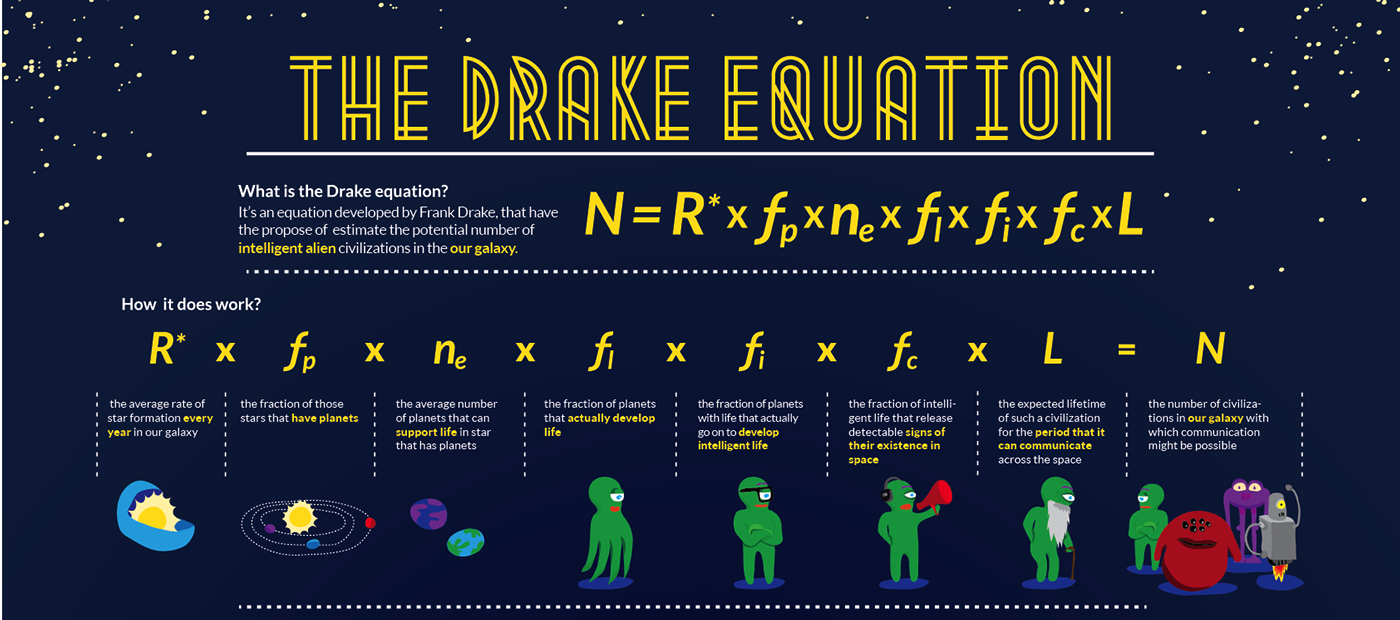~SPOILER ALERT~
If you haven’t read this gruesomely hilarious story, I would strongly recommend it. My review and analysis on this text would be about as cold and dead as a frozen lamb leg without some spoilers. Don’t worry, I’ll wait and laugh quietly to myself in the other room.

Link to full story: https://4.files.edl.io/4a65/10/23/18/235824-cd055462-e062-467c-a8ae-492f46d8caad.pdf
Done? Alright, let’s talk about it.
When I first finished this short story, I honestly didn’t know whether to laugh or to be terrified at the horrific events which unfolded at the end. After a quick google search on the topic, I realized that this was most likely Roald Dahl’s purpose, and that the feeling of unnaturalness and confusion is a keystone element in the story.
This makes Lamb To The Slaughter what’s known as a black comedy, or a humorous portrayal of a traumatic series of events, and this makes perfect sense. I mean, take a step back and think about what we just read: Mary, the doting housewife of Patrick, crushes Patrick’s skull with a frozen lamb leg? Although the ending was eerie, let’s be honest for a second here—it doesn’t get much funnier than that.
Similar to this duality of humor and horror, this story is also drowning in irony. Take the title, for instance. While it fittingly describes the plot of the story, sure, the phrase’s roots are biblical in nature, describing someone whose innocence leads them to be manipulated. This irony manifests the meaning that lies beyond the almost slapstick murder of Patrick, and I would argue that there are two “lambs to the slaughter” present: Mary and Patrick. Mary, whose name itself is a play on a childhood nursery rhyme, is, at the beginning, obsessed with her marriage. Her seemingly unconditional devotion to her husband is cut short, and Mary the lamb is “slaughtered” when Patrick reveals his intended departure. On the flip side, Patrick’s image of Mary—a caring wife that he can manipulate—gives him a false sense of trust, leading this lamb to be “slaughtered” physically (and with a lamb, at that).

At the same time, dramatic irony—an information gap between the readers and certain characters in the story—adds to the delicious tension that compounds during our readthrough. When the policemen arrive and find their coworker murdered on the floor, it’s their appetite and politeness to Mary which is perhaps the most hilarious of all. As they discuss the obviousness of the murder weapon somewhere in the house over dinner, the dinner is precisely what is destroying the evidence. To Mary, as well as the readers, this could not be more obvious. However, it’s the lack of knowledge that the policemen have which makes this story hysterically funny (to both us as well as Mary, apparently).
Jokes aside, is this story’s purpose to exist as a dark comedy, creeping out all those who read it? Well, not exactly. While humor and irony both give this lamb leg story flavor, the meat of the piece requires some context. In reality, this story was written during the Post-War Period, or just shortly after World War II. This period was rich with cultural transformation, specifically with the relationship between men and women. For one, divorce was common during this time, providing a logical reason for Patrick’s attempted departure from his marriage. Even more interestingly, however, is that this period served as a time of liberation for minorities and women, and it is this historical snippet which I think reveals insight about the true meaning of this story.
In my eyes, Lamb To The Slaughter is not so much a murder story as it is a story of the empowerment of women. Mary’s actions, when viewed objectively, actually break the shackles of manipulation and dependence Mary has for her husband. Sure, you could argue that Patrick was leaving her already, but it’s Mary’s deliberate action to end her relationship with her husband that grants her freedom from Patrick’s patriarchal reign. Not only that, but Mary is depicted as the only female character in a story full of men, yet she is the one who is proactively outsmarting the male policemen and her husband. While the details remain grotesque, Mary’s symbolic journey to independence ought to be admired rather than laughed at.
Although this idea may seem far fetched, I’m not alone on this one. Professional critics of the story itself have divided into classes of thought, with a popular one being crowned the “Feminist Criticism.” Take Nisa Nine’s—a postdoctoral researcher at the Northern University of Malaysia— critique paper, where she claims that “Dahl wants to highlight the importance of respecting and understanding the women of our lives.” This party of critique views this story to be one of liberation and freedom rather than murder, and I would have to agree.
After all, Mary is the one who has the “clear head” at the end of the story. As for Patrick? His head is, well… you know where this is going.
Whether we dive into Dahl’s broader social commentary or not, I would definitely consider this story to be a must-read. While a lot of claims I made are still widely debated by English researchers worldwide, this short story about a lamb leg is truly some appetizing food for thought.
Alfred Hitchcock’s 1958 production of Lamb To The Slaughter:
https://www.dailymotion.com/video/x70l4os
Works Cited
Hitchcock, Alfred. “Alfred Hitchcock Presents S03E28 Lamb To The Slaughter – Video Dailymotion.” Dailymotion, Dailymotion, 13 Jan. 2019, www.dailymotion.com/video/x70l4os.
Howard, Philip. “Dahl, Roald (1916–1990).” Oxford Dictionary of National Biography, Oxford University Press, 2004; online ed., May 2006 [2]. Retrieved August 8, 2007
Nine, Nisa. “Literary Criticism Theory in Discussing The Lamb to The Slaughter by Roald Dahl.” Academia.edu, May 2013, www.academia.edu/5993986/Literary_criticism_theory_in_discussing_The_Lamb_to_The_Slaughter_by_Roald_Dahl.

